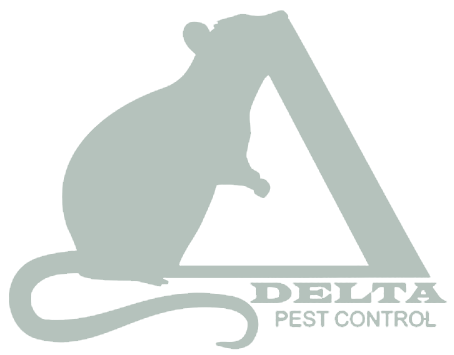Exclusion
Pest & Wildlife Exclusion
Pest & Wildlife Exclusion
When dealing with insect pests,
rodents, and other nuisance wildlife in our homes or businesses, the last thing we are thinking about is how they got in. Unfortunately, our homes are not sealed up tight, and there are no way around certain openings. Without the trained eye of a professional many of these openings can go unnoticed or are beyond the handyman skills of the average person.
Roaches
and
ants
can find their way in through the most minuscule of holes, mice need barely 1/4 of an inch, and larger animals like
raccoons
can create their own entrance. The practice of exclusion is the best way to keep these pests out of your home or business in the first place.
At Delta Pest Control, our technicians start the process by surveying the perimeter of your property. Not only are we
trained
to understand how the animal acts and what they are capable of physically, but also to pick out the tiniest of openings and find other clues such as a worn path in the grass or scratch marks on the roof.
What many don't realize is that we are inviting many pests in through our front doors. If the light is shining through, then there is a chance that mice and many different insects can get in. The gap between the bottom of the door and the threshold should be no more than 1/4 of an inch. In most cases, it is more efficient to build up the current threshold or add one if there is none.
As stated earlier, many openings are unavoidable, such as chimneys, dryer vents, electrical pipes, and many more. Because rats can chew through many hard substances, extremely heavy-gauge metals are used to keep them out. Before sealing off a rat-induced opening, a 19 gauge hardware cloth, which is a wire mesh, is used inside the opening and then covered with aluminum or galvanized sheet metal. For openings less than 3/4 of an inch, the hole can be filled with steel or copper wool first and then finished off with a foam sealant.
Many animals can get in through the large opening of the chimney. Once inside, especially birds, their nests can block the damper and create a fire hazard. The roof is also home to attic vents which is a direct line to nuisance wildlife's favorite hiding spot. https://wildlifecontroltraining.com/training/exclusion/ When deciding on the proper chimney cap, we first ensure that our options are up to local fire codes. Attic vents are covered with at least 1/4 inch hardware cloth. We also check the roof for water leaks and other possible entry points. If bats become trapped inside, we use one-way doors as a means of getting them out and keeping them out.
Once we have the property sealed up tight, we look for environmental issues that can be attracting the animals, such as easy access to garbage, overgrown bushes, and in the case of rats, raccoons, and opossums, tree branches that overhang the roof.
Exclusion has come so far that there is now a
Scientific Coalition On Pest Exclusion, which updates the pest control industry on the latest techniques and technology. At Delta Pest Control, we make sure to put that knowledge to good use. In
Santa Clara
and San Mateo counties, contact us for all of your pest issues.
